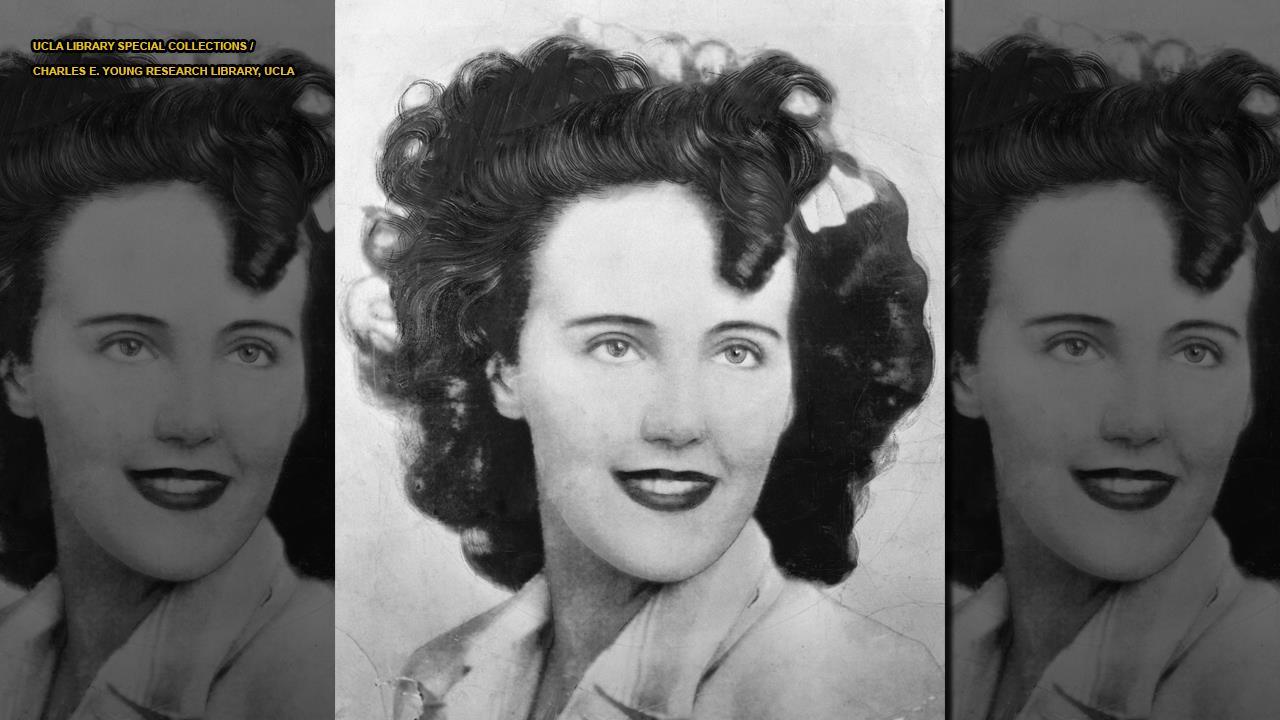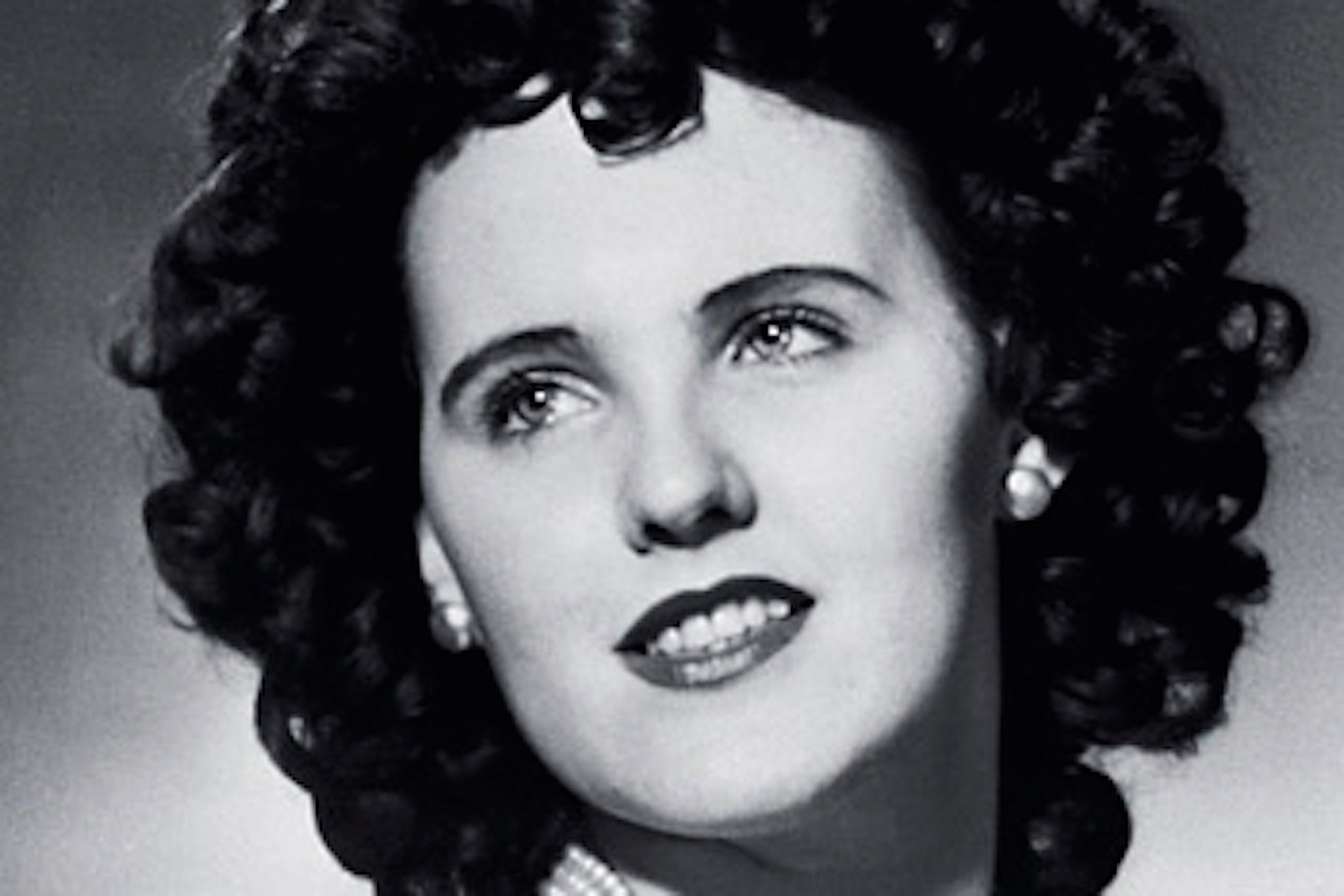It’s a tale that’s both chilling and captivating, one that’s kept the world guessing for decades. The Black Dahlia crime photos, a haunting glimpse into the tragic life and death of Elizabeth Short, have become an indelible part of true crime history. But what makes these images so compelling? And why do they continue to fascinate us all these years later?
There’s something about the Black Dahlia case that’s stuck in our collective consciousness. Maybe it’s the brutal nature of the crime, the unanswered questions, or just the sheer mystery surrounding it all. Whatever it is, the photos that emerged from the investigation have played a big role in keeping this story alive. They’re not just evidence—they’re a window into a dark moment in history.
And here’s the kicker: even though the case was back in 1947, the fascination hasn’t faded. People still talk about it, write books about it, and dive deep into theories that might explain what happened. The Black Dahlia crime photos are more than just pictures—they’re pieces of a puzzle we’re still trying to solve.
Read also:What Happened To Mercedes Schlapp Face The Full Story
Who Was the Black Dahlia?
Before we dive into the crime photos themselves, it’s important to understand the person behind the headlines. Elizabeth Short, better known as the Black Dahlia, wasn’t just a victim; she was a young woman with dreams and aspirations. But who was she, really?
Biography of Elizabeth Short
Let’s break it down. Elizabeth Short was born on July 29, 1924, in Boston, Massachusetts. She grew up in a modest family and moved around quite a bit during her childhood. By the time she reached her early twenties, she’d already lived in several states, working odd jobs and trying to make a name for herself. People who knew her described her as charming and ambitious, with a knack for making friends wherever she went.
But life wasn’t easy for Elizabeth. She faced struggles that many young women can relate to—trying to find her place in the world while dealing with personal demons. It’s a story that’s both tragic and relatable, and it adds another layer of complexity to the Black Dahlia case.
| Full Name | Elizabeth Short |
|---|---|
| Nickname | Black Dahlia |
| Date of Birth | July 29, 1924 |
| Date of Death | January 15, 1947 |
| Place of Birth | Boston, Massachusetts |
Why Are Black Dahlia Crime Photos So Iconic?
Here’s the thing about crime scene photos: they’re not just snapshots of a moment in time. They’re powerful tools that can shape public perception and even influence the course of an investigation. The Black Dahlia crime photos are no exception. They’ve become iconic for a reason.
What Makes These Photos Unique?
First off, the Black Dahlia crime photos are striking because of how graphic they are. The images show Elizabeth’s body in a way that’s both haunting and unforgettable. But it’s not just the visuals that make them stand out—it’s the context. These photos were taken at a time when crime scene photography wasn’t as regulated as it is today, which means they capture a raw, unfiltered version of the crime.
- The photos were widely circulated in newspapers, sparking public outrage and fascination.
- They’ve been used in countless books, documentaries, and films, cementing their place in pop culture.
- Each photo tells a story, whether it’s about the crime itself or the way society responded to it.
And let’s not forget the impact these images had on the investigation. They became crucial pieces of evidence, helping law enforcement piece together what happened that fateful night.
Read also:Jake E Lee Net Worth A Comprehensive Look At The Rock Icons Financial Empire
The Impact on True Crime Culture
It’s impossible to talk about the Black Dahlia crime photos without mentioning their influence on true crime culture. This case was one of the first to capture the public’s imagination in such a big way, and it set the stage for the true crime genre as we know it today.
How the Photos Shaped Public Perception
When the Black Dahlia crime photos were first released, they caused a massive stir. People were horrified by the brutality of the crime, but they were also fascinated by the mystery surrounding it. The photos became a symbol of everything that was wrong with society at the time—violence against women, the failure of law enforcement, and the dark underbelly of Hollywood.
But here’s the thing: the photos also sparked a conversation. They made people ask tough questions about crime, justice, and the way we treat victims. And that conversation continues to this day.
Unanswered Questions Surrounding the Case
One of the reasons the Black Dahlia crime photos are so compelling is because they’re tied to one of the most infamous unsolved cases in history. Despite decades of investigation, we still don’t know who killed Elizabeth Short or why. And that uncertainty is what keeps people coming back to these images, hoping to find clues that might solve the mystery.
What Do the Photos Reveal?
Experts have analyzed the Black Dahlia crime photos from every angle, looking for anything that might lead to a breakthrough. Some theories suggest the killer left deliberate clues in the photos, while others think the images were staged to confuse investigators. Whatever the truth may be, one thing’s for sure: the photos hold secrets that we haven’t fully uncovered yet.
- Some believe the positioning of Elizabeth’s body was symbolic, pointing to a specific motive.
- Others think the background details in the photos could reveal the killer’s identity.
- And then there’s the possibility that the photos were tampered with, either by the killer or by law enforcement.
It’s a puzzle that continues to boggle the minds of true crime enthusiasts and experts alike.
The Role of Media in the Black Dahlia Case
When it comes to the Black Dahlia crime photos, you can’t ignore the role of the media. Newspapers and magazines of the time were quick to publish the images, turning Elizabeth Short into a household name almost overnight. But was all that attention helpful—or harmful?
Positive and Negative Effects of Media Coverage
On one hand, the media coverage brought much-needed attention to the case, putting pressure on law enforcement to find the killer. It also helped keep Elizabeth’s memory alive, ensuring that she wasn’t forgotten. But on the other hand, the sensationalized reporting may have overshadowed the real issues at play, like the systemic failures that allowed such a crime to happen in the first place.
And let’s not forget the impact on Elizabeth’s family and friends. While the photos brought awareness to the case, they also forced her loved ones to relive the trauma over and over again.
Modern-Day Analysis of the Black Dahlia Crime Photos
Thanks to advancements in forensic science and technology, we’re able to analyze the Black Dahlia crime photos in ways that weren’t possible back in 1947. But has this new perspective brought us any closer to solving the case?
What Modern Technology Reveals
Experts have used modern techniques like facial reconstruction, DNA analysis, and digital enhancement to study the photos in greater detail. Some of these methods have yielded interesting results, but none have provided definitive answers. Still, the pursuit of knowledge continues, driven by a desire to finally close this chapter in history.
And it’s not just scientists who are getting in on the action. True crime enthusiasts from all over the world are using their own skills and resources to analyze the photos, hoping to uncover something that the authorities missed.
Psychological Insights: What the Photos Tell Us About the Killer
Crime scene photos aren’t just tools for solving crimes—they can also offer psychological insights into the mind of the killer. In the case of the Black Dahlia, the photos have been studied by experts who specialize in criminal behavior, and their findings are both fascinating and disturbing.
Understanding the Mind of a Killer
Some theories suggest the killer was someone who knew Elizabeth personally, while others think it was a random act of violence. The photos themselves may hold clues to the killer’s motives, whether it’s a desire for power, control, or simply the thrill of the kill.
But here’s the thing: no matter how much we analyze the photos, we may never truly understand what drove the killer to commit such a heinous act. And that’s part of what makes the Black Dahlia case so hauntingly unforgettable.
Legal and Ethical Considerations
When it comes to crime scene photos, there’s always a fine line between sharing evidence and respecting the privacy of the victim and their family. The Black Dahlia crime photos raise important questions about the ethical implications of publishing such graphic images.
Should These Photos Be Publicly Available?
While the photos have played a crucial role in the investigation, some argue that they shouldn’t be so easily accessible to the general public. The images can be triggering for those who’ve experienced trauma, and they may even glorify violence in certain contexts.
On the flip side, others believe that making the photos available is essential for transparency and accountability. It’s a debate that’s unlikely to be resolved anytime soon, but it’s one that’s worth having.
Conclusion: The Legacy of the Black Dahlia Crime Photos
In the end, the Black Dahlia crime photos are more than just images—they’re a testament to the power of storytelling. They remind us of the importance of seeking justice, even when the odds seem insurmountable. And they keep Elizabeth Short’s memory alive, ensuring that her story isn’t forgotten.
So what can you do? If you’re reading this, take a moment to reflect on the impact these photos have had on our understanding of crime and justice. Share this article with others, start conversations, and keep the dialogue going. Because the more we talk about these issues, the closer we get to finding answers—and making the world a safer place for everyone.
Daftar Isi
- Unveiling the Mystery: Black Dahlia Crime Photos and Their Lasting Impact
- Who Was the Black Dahlia?
- Biography of Elizabeth Short
- Why Are Black Dahlia Crime Photos So Iconic?
- What Makes These Photos Unique?
- The Impact on True Crime Culture
- How the Photos Shaped Public Perception
- Unanswered Questions Surrounding the Case
- What Do the Photos Reveal?
- The Role of Media in the Black Dahlia Case
- Positive and Negative Effects of Media Coverage
- Modern-Day Analysis of the Black Dahlia Crime Photos
- What Modern Technology Reveals
- Psychological Insights: What the Photos Tell Us About the Killer
- Understanding the Mind of a Killer
- Legal and Ethical Considerations
- Should These Photos Be Publicly Available?
- Conclusion: The Legacy of the Black Dahlia Crime Photos


